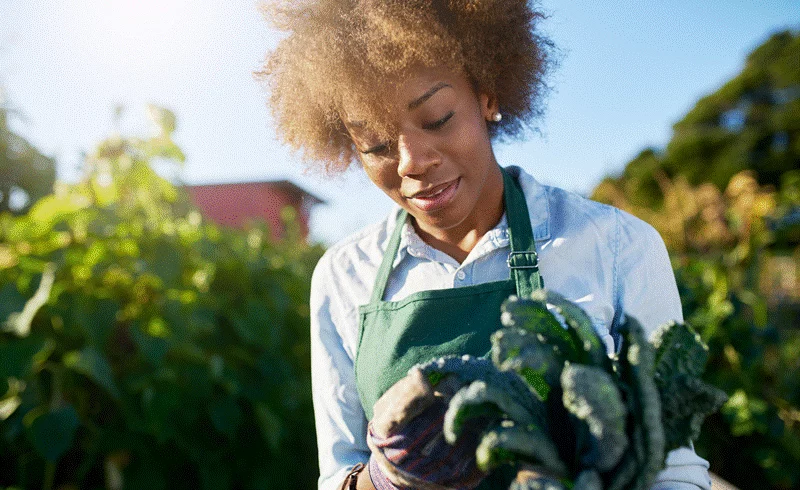
The Promise of Urban Agriculture
The resurgence of urban agriculture signals a significant shift in understanding food production. Sustainable farming practices are increasingly incorporated within urban spaces, providing numerous social, economic, and environmental benefits. Urban farming is proving to be an innovative approach to addressing the challenges of urbanization and climate change.
Case Studies: Leading Cities on the Forefront
Around the world, cities are capitalizing on this trend, making significant strides in sustainable urban agriculture. The World Bank highlights four cities that have transformed their urban spaces into green food-producing havens. These examples inspire others, demonstrating how urban agriculture can thrive amidst concrete landscapes.
Urban Farming: A Path to Empowerment
Not just about food production, urban farming is a vehicle for social change. In Baltimore, for example, the Farm Alliance of Baltimore empowers local communities through sustainable agricultural practices, fostering economic resilience and food sovereignty.
Federal Support for Urban Producers
The interest and support for urban farming extend to the federal level. The USDA invited urban producers to its February meeting, demonstrating a commitment to facilitating this growing movement. It indicates that urban agriculture is being taken seriously at the policy level.
Japan: A Beacon of Urban Farming Innovation
In an unexpected turn, densely populated Japan is emerging as a hotbed of urban farming innovation. From high-tech rooftop gardens to traditional allotments, the nation embraces sustainable practices to maximize its limited space. This pivot towards urban farming has been transformative, as chronicled in The Japan Times.
As cities worldwide grapple with food security, economic disparities, and the realities of climate change, urban agriculture offers a promising solution. Indeed, the future of farming may be less rural than we've always assumed.
Addressing Food Security and Economic Inequality
Expanding urban agriculture could address critical issues of food security and economic inequality. By growing food locally, cities can decrease their reliance on distant farms, reducing carbon emissions associated with transportation and supporting local economies. For low-income urban residents, the ability to produce their food or purchase locally grown produce at reduced prices can significantly impact household food budgets and nutritional intake.
The Environmental Benefits of Urban Agriculture
Beyond economic benefits, urban agriculture also presents a plethora of environmental advantages. Urban farms absorb rainwater, reducing runoff and mitigating urban heat island effects. Additionally, they contribute to carbon sequestration, a critical factor in fighting climate change. They also provide habitat for urban wildlife and help to increase biodiversity within city limits.
Community Engagement and Education
Urban farms serve as fantastic centers for community engagement and education. They provide spaces for urban residents to connect with their food source, learn about sustainable farming practices, and actively participate in food production. This can lead to a greater understanding of the food system, healthier eating habits, and a stronger sense of community.
Challenges and the Road Ahead
Despite the many benefits of urban agriculture, challenges still need to be solved. Land availability and cost, soil contamination, water access, and zoning regulations can pose significant obstacles to establishing and expanding urban farms. Policymakers and urban planners must continue exploring innovative solutions and providing robust support for urban agriculture. Continued research, investment, and policy adjustments will be necessary to overcome these hurdles and harness the full potential of urban agriculture.
The rise of urban agriculture is a testament to human ingenuity and adaptability. As we face a future marked by climate change and rapid urbanization, it provides hope and a viable path forward. The concrete jungles of our cities may hold the key to a greener, more sustainable, and food-secure future.

James Smith is our editor. He is an accomplished and versatile news writer with over a decade of experience covering a wide range of topics, including politics, business, and real estate. Throughout his career, James has been dedicated to uncovering the truth and presenting unbiased, factual reporting to his audience.







